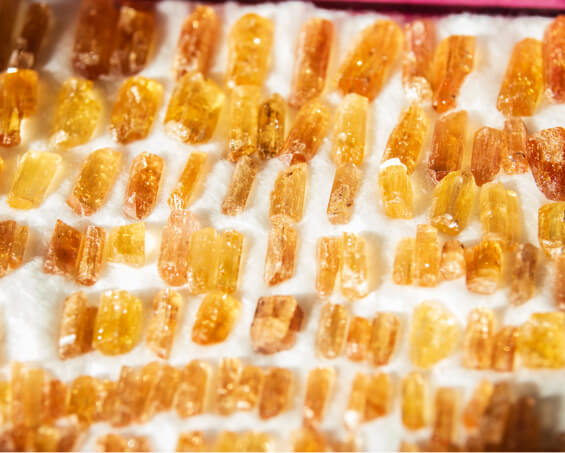
Topaz also comes in a rainbow of colours. The most valuable colour of topaz is the red-orange colour called Imperial Topaz. Less than 1% of the topaz comes in the reddish-orange hues of the Imperial Topaz making it rare and luxurious. Royalty was obviously impressed with the Imperial Topaz variety and so it formed a part of the Imperial jewels of Russia catalogue in the 18th and 19th century.
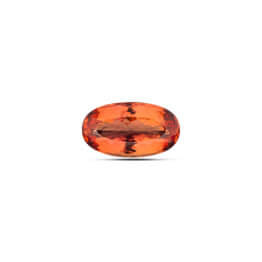

Minas Gerais in Brazil is known for producing quality topaz gemstones in varied hues of yellow, orange, pink, red and violet for more than 2 centuries. It is the only place in the world where the rare Imperial Topaz is mined.

Topaz has a hardness of 8.0 on the Mohs scale of hardness. This implies that it is harder compared to other gems and as such can be worn easily.

As Imperial topaz is quite sensitive to temperature, light exposure and chemicals it is best to clean with mild soap, warm water and a soft brush.
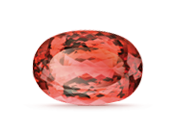
Red is the most sought after colour. The stone must have a reddish pleochroic colour to be called Imperial Topaz. The overall colour can be orange-red but it must have this particular red shade to be granted this name.
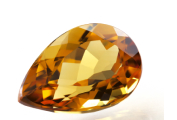
Usually have none or very few inclusions or flaws visible to the naked eye.
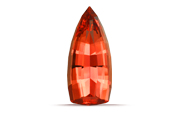
Imperial Topaz can be cut into many standard and fashionable shapes. The shape is often determined by the stone so as to bring out its radiance.

Due to its rarity the price per carat increases by size.
Topaz is believed to derive its name from the Sanskrit word tapas for fire or the Greek word topazos linked to the place of discovery of topaz along the Red Sea. Imperial Topaz is called so because it is a rare find and was discovered by royalty in Russia. This gemstone is believed to help channel our energies and manifest our dreams. It is also expected to be a great stone for having a balanced state of mind, great intellect and immense strength.